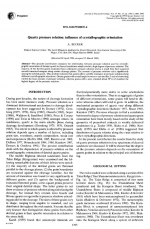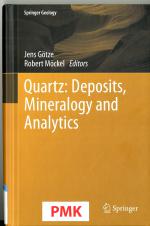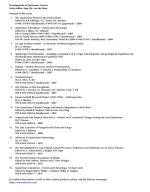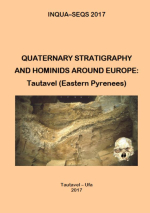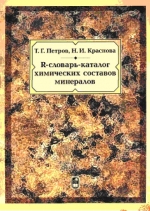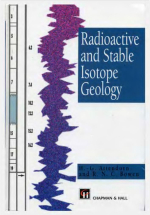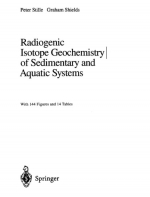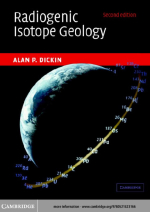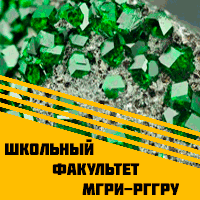R-Словарь-каталог содержит информацию о химическом составе минералов в виде ранговых формул, то есть последовательностей элементов по снижению их атомных содержаний. Текст словаря упорядочен по лексикографическому – алфавитному принципу, что порождает химическую классификацию минералов. Структура каталога основана на разработанном Т.Г. Петровым методе RHA, согласно которому ранговые формулы упорядочиваются линейно однозначно иерархически в колонку по алфавиту – номерам элементов в Периодической таблице. Настоящий R-каталог химических составов минералов, содержит свыше 4800 записей. Справочник компактен, поскольку ранговые формулы являются сокращенным отображением химических составов. При составлении R-каталога были использованы кристаллохимические формулы минералов, приведенные в минералогических базах данных (http://www.webmineral.com/ и http://.www.mindat.org/), а для большинства минеральных видов переменного состава по результатам реальных химических анализов были рассчитаны 2–5 ранговых формул, которые отмечены цифрами в скобках.Книга может использоваться для определения названий минералов по имеющемуся химическому составу или теоретической формуле минерала после ее преобразования в ранговую формулу.
Предназначен для специалистов-практиков, занимающихся определением минералов по их химическому составу, для ученых, разрабатывающих теоретические основы минералогии, геохимии и смежных наук, а также для справочных отделов научных библиотек.


